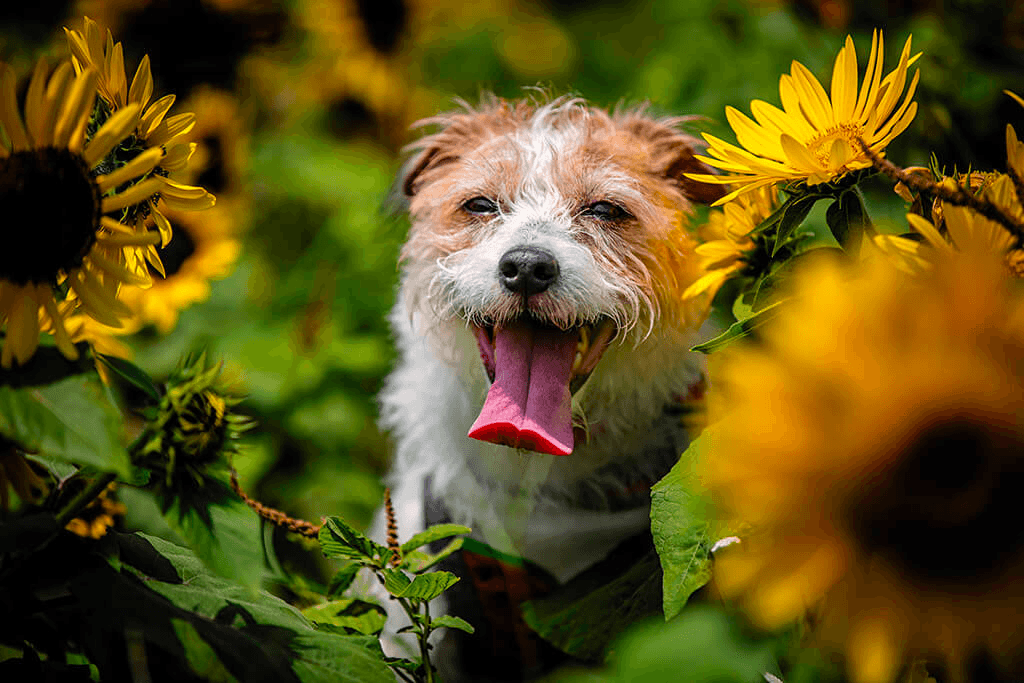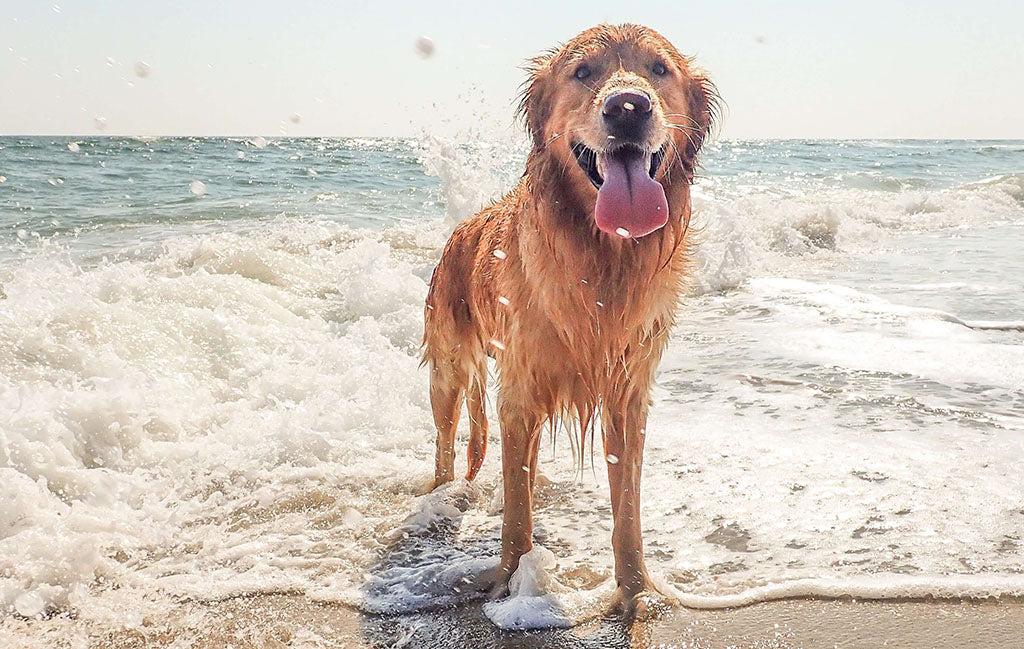Heat rash can be an uncomfortable consequence of warm weather. Learn what to do if your dog develops heat rash and how to help prevent it in the future.
Dog Heat Rash: 6 Signs & How to Help

Just like humans, dogs can become uncomfortable in the heat, and one common issue that arises during warmer months is heat rash. Dog heat rash can cause irritation, itching, and even lead to secondary infections if left untreated.
In this article, we’ll explore the signs of heat rash, how to treat it, and steps you can take to prevent it from affecting your dog. We’ll also explain how to tell the difference between a heat rash and other dog skin conditions like allergies and hot spots. By understanding the symptoms and causes of heat rash in dogs, pet parents can help keep their dogs safer during hot weather.
Can Dogs Get Heat Rash?
Yes, dogs can get heat rash! According to Dr. Kathryn Dench, “Dogs can indeed suffer from heat rash, which is an irritation of the skin caused by excessive heat and often exacerbated by humidity.” While this condition can happen to dogs anywhere, it’s more common in warmer locations and is more likely to occur during the summer months.
Breeds with thick fur or dense coats, such as Huskies, Golden Retrievers, and German Shepherds, are more susceptible to heat rash. These dogs overheat more easily, making them prone to redness and irritation. Dr. Dench notes that about 20 percent of dogs from these breeds have presented heat rash symptoms in her clinic during peak summer months.
Dr. Clara Whitmore adds that dogs with skin folds, like Bulldogs and Pugs or overweight dogs, are also at higher risk because their bodies struggle to cool down efficiently and moisture can get trapped between wrinkles.
Identifying Heat Rash on Dogs
Heat rash in dogs often appears as small, red bumps on areas with less fur. Dr. Whitmore describes the rash as “red, inflamed, and sometimes blistered, with the skin feeling warm to the touch.”
Common areas for heat rash include the belly, groin, armpits, and any area where collars, harnesses, or bandages come into contact with the skin. Dogs may also develop heat rash on parts of their body exposed to hot surfaces, like on their paws or legs while walking or laying outside.
Heat Rash vs. Hot Spots vs. Allergies
Though heat rash, hot spots, and allergic reactions may seem similar, they differ in causes and appearance. Dr. Dench explains that heat rash is caused primarily by overheating and is often found in areas with minimal air circulation, while hot spots result from triggers like allergies and can be aggravated by moisture. Hot spots are raw and inflamed, whereas heat rash remains dry and less severe.
“Hot spots can erupt rapidly, often due to excessive biting or chewing, and may be wet, infected, or oozy, while heat rashes are typically dry and confined to certain areas,” Dr. Whitmore adds. “Allergy bumps, however, are usually raised and widespread, occurring from food, environmental factors, or insect bites.
Causes of Dog Heat Rash
According to Dr. Whitmore, the primary cause of heat rash in dogs is “prolonged time spent in extremely hot conditions.” This can irritate sweat glands and lead to heat rash. Wet conditions, like after swimming, can also increase the likelihood of heat rash since their skin is moist and can be easily irritated by heat.
Dr. Dench adds that fevers in dogs can increase the risk of overheating. While fevers don’t directly cause heat rash, they can make a dog more susceptible to it. Bandages or wrappings that are too tight can also lead to heat rash. This is because they don’t allow heat and moisture to evaporate properly.
Symptoms of Heat Rash in Dogs
There are a handful of heat rash symptoms for pet parents to be mindful of, especially during hotter months.
- Visible rash (small, red bumps or blisters)
- Scratching, licking, or biting the affected area
- Showing pain or discomfort due to irritation
- Skin warm to the touch and possibly inflamed
- Secondary skin infections if the rash is scratched or opened
- Behavioral changes, such as increased irritability or restlessness
How to Treat Dog Heat Rash
Mild heat rash cases can often be managed at home. Dr. Dench recommends moving the dog to a cooler environment, improving air circulation, and applying veterinarian-approved topical treatments. These typically include a steroid cream like hydrocortisone. Make sure to follow your veterinarian’s instructions before applying any medication to your dog’s rash. You should not apply topical medications intended to humans to your dog’s heat rash without consulting a veterinarian.
Cold compresses or cool baths can also help relieve some of the discomfort of hot, irritated skin. However, if the rash becomes infected or worsens, it’s best to have your dog seen by a vet. They may prescribe antibiotics or stronger topical treatments.
Preventing Heat Rash in Dogs
Here are some vet-recommended tips to keep your pup comfortable and prevent heat rashes from developing:
- Provide ample shade and water during hot weather
- Use cooling mats to regulate body temperature
- Avoid tight-fitting clothing, collars, or bandages
- Practice regular grooming, especially for thick-coated breeds, to improve air circulation
- Keep dogs indoors during the hottest part of the day
- Ensure your dog maintains a healthy body weight to improve hot weather tolerance
- Trim fur to prevent overheating
- Use breathable collars and harnesses to avoid trapping heat and moisture
 E
E




